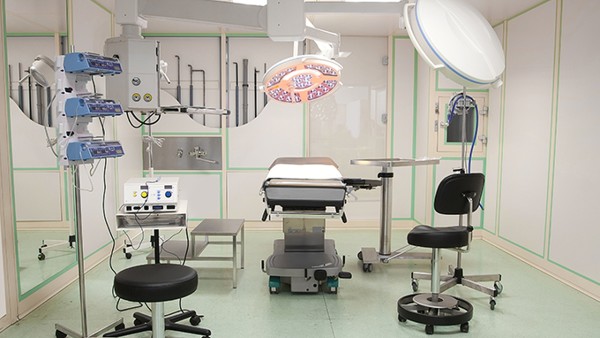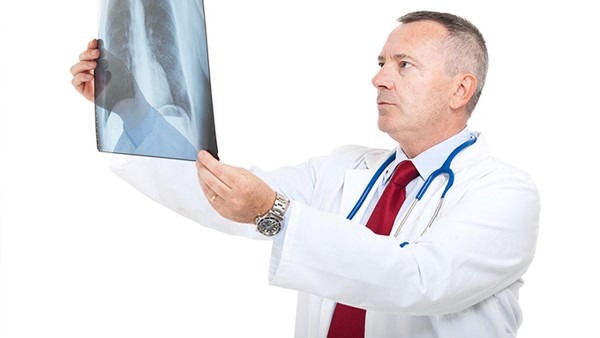The Caesarean Section Rate in My Country Exceeds WHO Standards

A Problem that Needs to be Addressed
In my country, the caesarean section (C-section) rate has been on the rise for years, and it now exceeds the World Health Organization (WHO) standards. This is a problem that needs to be addressed, as C-sections are major surgery with risks for both the mother and the baby.
There are several factors that have contributed to the high C-section rate in my country. One factor is the increasing age of first-time mothers. As women get older, they are more likely to have complications during pregnancy and childbirth, which can lead to a C-section.
Another factor that has contributed to the high C-section rate is the fear of childbirth. Many women are afraid of the pain and complications of childbirth, and they choose to have a C-section to avoid these risks.
Finally, the high C-section rate in my country is also due to the lack of access to quality maternity care. In many parts of the country, women do not have access to skilled birth attendants or to hospitals that are equipped to handle complicated deliveries. This can lead to women having C-sections that are not medically necessary.
The high C-section rate in my country is a problem that needs to be addressed. C-sections are major surgery with risks for both the mother and the baby. Increasing the availability of quality maternity care and educating women about the risks and benefits of C-sections are two important steps that can be taken to reduce the C-section rate.
What is a C-section?
A C-section is a surgical procedure in which the baby is delivered through an incision in the abdomen and uterus. C-sections are typically performed when vaginal delivery is not possible or safe.
There are several reasons why a C-section may be necessary, including:
The baby is in a breech position (feet first).
The mother has a narrow pelvis.
The mother has a medical condition that makes vaginal delivery dangerous, such as preeclampsia or placenta previa.
The labor is not progressing and the baby is in distress.
What are the risks of a C-section?
C-sections are major surgery, and they carry risks for both the mother and the baby.
Risks for the mother
Bleeding
Infection
Blood clots
Damage to the uterus or other organs
Scarring
Hernia
Death
Risks for the baby
Premature birth
Low birth weight
Respiratory problems
Feeding difficulties
Jaundice
Death
How can I avoid a C-section?
There is no sure way to avoid a C-section, but there are some things you can do to reduce your risk:
Get regular prenatal care. This will help your doctor identify any problems that could lead to a C-section.
Exercise regularly during pregnancy. This will help you stay healthy and strong, and it can also help reduce your risk of labor complications.
Eat a healthy diet. Eating a healthy diet will help you maintain a healthy weight, which can also reduce your risk of C-section.
Avoid smoking and alcohol. Smoking and alcohol can increase your risk of C-section and other pregnancy complications.
Choose a doctor or midwife who supports your birth plan. If you have a doctor or midwife who is supportive of your birth plan, you are more likely to have a vaginal delivery.
What if I need a C-section?
If you need a C-section, it is important to remember that it is a safe and effective procedure. The vast majority of C-sections are successful, and both the mother and the baby recover quickly.
After a C-section, you will need to stay in the hospital for a few days. You will need to take pain medication and antibiotics, and you will need to rest and avoid strenuous activity. You will also need to follow your doctor's instructions on how to care for your incision.
Most women recover from a C-section within a few weeks. However, it is important to remember that C-sections are major surgery, and you may experience some discomfort for several months.
The Caesarean Section Rate in My Country Exceeds WHO Standards
In my country, the caesarean section (C-section) rate has been on the rise for years, and it now exceeds the World Health Organization (WHO) standards. This is a problem that needs to be addressed, as C-sections are major surgery with risks for both the mother and the baby.
There are several factors that have contributed to the high C-section rate in my country. One factor is the increasing age of first-time mothers. As women get older, they are more likely to have complications during pregnancy and childbirth, which can lead to a C-section.
Another factor that has contributed to the high C-section rate is the fear of childbirth. Many women are afraid of the pain and complications of childbirth, and they choose to have a C-section to avoid these risks.
Finally, the high C-section rate in my country is also due to the lack of access to quality maternity care. In many parts of the country, women do not have access to skilled birth attendants or to hospitals that are equipped to handle complicated deliveries. This can lead to women having C-sections that are not medically necessary.
The high C-section rate in my country is a problem that needs to be addressed. C-sections are major surgery with risks for
The above is all the content that the editor wants to share with you. I sincerely hope that these contents can bring some help to your life and health, and I also wish that your life will be happier and happier.
Topic: #rate #in #section











